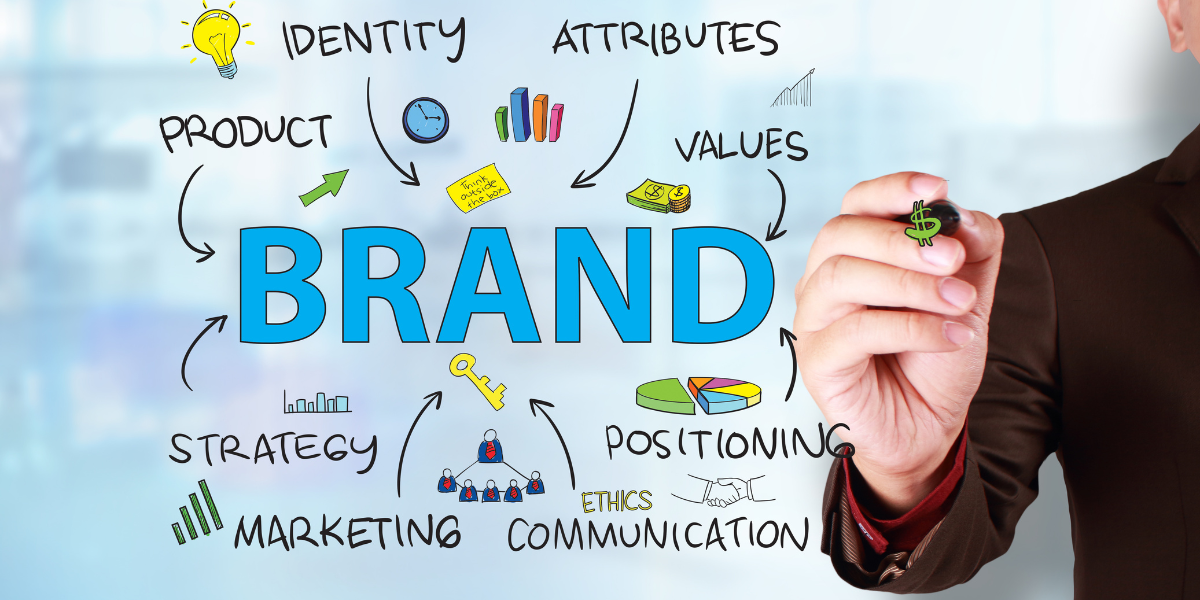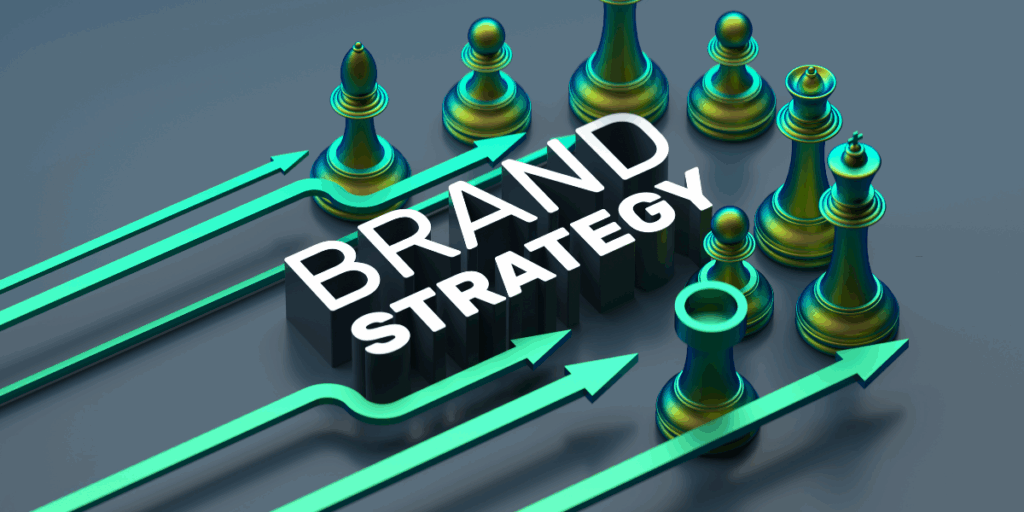In today’s market, brands must stand out and leave a lasting impression on their audience. But how do they do it? The answer is simple: brand activation. So, what is activation in Digital marketing? It’s the process of driving consumer action through meaningful, memorable, and engaging brand experiences.
Brand activation goes beyond creating awareness. It’s about building a connection with your audience, prompting them to interact, engage, and even advocate for your brand. This process helps in transforming potential leads into loyal customers and fostering long-term relationships.
In this blog, we’ll break down what brand activation is, its key components, and how it fits into a broader marketing strategy. Additionally, we’ll answer common questions like what is marketing activation is and the meaning of activation in marketing.
What is Activation in Marketing?

What is activation in marketing? Activation is a marketing strategy that focuses on engaging the consumer in a way that sparks action and drives them closer to a purchase decision. It involves creating experiences, events, or campaigns that directly connect with consumers and push them into taking meaningful actions, like making a purchase, signing up for a newsletter, or following your brand on social media.
Marketing activation aims to establish a strong, personal connection with customers. By delivering unique experiences or value propositions, brands can effectively encourage customer interaction and brand loyalty.
For example, a pop-up store or an interactive online event is a great brand activation strategy. It provides a tangible way for the brand to connect with consumers, making the experience memorable.
The Components of Brand Activation
To fully understand what is a brand activation, it’s essential to explore its key components. Brand activation strategies combine several elements, each working together to build a meaningful consumer experience.
1. Experiential Marketing
Experiential marketing involves creating an immersive brand experience that allows consumers to interact with your brand in real life. It’s about making an emotional connection with your audience through activities like sampling, live events, or product demonstrations.
For example, a beauty brand might offer free makeovers or a technology company could set up a hands-on demonstration booth at a trade show.
2. Promotional Campaigns
Promotions, such as discounts or limited-time offers, play an essential role in activation marketing. They incentivize consumers to take immediate action, whether it’s purchasing a product, subscribing to a service, or participating in a contest.
These campaigns can also include giveaways or sweepstakes, where people are encouraged to engage by sharing their contact information or interacting with social media posts.
3. Social Media Engagement
Social media is a powerful tool in marketing activation. Through contests, hashtags, or influencer partnerships, brands can create engaging experiences that go viral, extending their reach beyond just their existing customers. Social media platforms like Instagram, Facebook, and Twitter offer numerous opportunities for brands to activate their followers.
4. Content Marketing
Content marketing is essential in branding activation. High-quality content—whether it’s videos, blogs, or podcasts helps convey your brand’s message while offering value to your target audience. Through compelling content, you can create awareness, build trust, and ultimately motivate action.
5. Events and Experiences
One of the most effective ways to activate a brand is through live events. These can range from conferences to workshops to experiential pop-up shops. The key is to offer something memorable and valuable that encourages customers to take action.
How Does Brand Activation Work?
When you ask what marketing activation is, you might be wondering how it works in real-life scenarios. Brand activation focuses on drawing in consumers at a deeper level. Here’s a look at how it works:
- Identify Your Audience: Understanding who your target customers are is key to creating a successful activation in marketing. Customize your strategy based on their preferences, behaviors, and needs.
- Create Engaging Experiences: Whether it’s through digital campaigns, in-person events, or personalized content, the goal is to offer an experience that feels unique and valuable.
- Encourage Participation: Provide clear calls to action that push consumers to engage with the brand. For example, prompt them to join a loyalty program, try out a new product, or share content on social media.
- Measure Success: Track metrics like engagement rates, leads generated, and sales conversions to measure the effectiveness of your brand activation efforts. This feedback allows you to refine your strategy and improve future campaigns.
Benefits of Brand Activation
So, what is brand activation in terms of its impact on your business? Here are some of the significant benefits:
1. Increased Customer Engagement
Activation marketing helps create more touchpoints with your customers. Engaged customers are more likely to become loyal brand advocates, which increases customer retention and increases the chances of repeat sales.
2. Enhanced Brand Loyalty
When customers feel that they have a meaningful connection with your brand, they are more likely to stick around. Effective marketing activation strengthens these relationships, ensuring your brand remains top-of-mind.
3. Increased Sales
By offering incentives and creating memorable experiences, brand activations lead to increased conversions. Customers who participate in activities are more likely to make a purchase, sign up for services, or take the next step in the sales funnel.
4. Word-of-Mouth Marketing
Positive experiences with your brand often lead to word-of-mouth marketing. Consumers who have interacted with your brand through an activation event are more likely to recommend it to friends, family, or colleagues, broadening your audience.
What is Marketing Activation?
What is marketing activation, exactly? In simple terms, it’s the umbrella term for a variety of strategies and tactics used to engage customers. These tactics include experiential marketing, events, promotions, and social media campaigns. All these efforts work together to promote customer interaction and foster long-term relationships.
Activation Meaning Marketing
The activation meaning marketing is about turning brand awareness into action. It focuses on tangible, real-world experiences that help establish emotional connections with your customers.
Brand Activation vs. Marketing Activation: What’s the Difference?
You might be wondering, “Is there a difference between brand activation and marketing activation?” While the terms are often used interchangeably, there are subtle distinctions.
Brand activation generally focuses more on creating specific experiences that connect customers to the brand itself. Marketing activation, on the other hand, encompasses a broader range of tactics used to engage customers and drive conversions.
Conclusion
Brand activation isn’t about flashy campaigns or expensive advertisements—it’s about creating real connections with your audience. By focusing on what is activation in marketing, you can turn casual interactions into lasting relationships.
Whether through in-person events or digital content, effective brand activation helps your brand stay relevant, build trust, and foster long-term loyalty. Rozee Digital being your ecommerce marketing agency understands the importance of activation in marketing and can help you develop strategies that drive real results.
FAQs
-
What is a brand activation example?
An example of a brand activation could be a pop-up store where customers can interact with a brand in person, sample products, and engage in exclusive experiences.
-
Why is brand activation important?
Brand activation is important because it helps build emotional connections with your audience, turning them from passive consumers into active, loyal customers.
-
How does brand activation impact sales?
Brand activation encourages consumer participation, which leads to increased brand awareness and customer loyalty, ultimately increasing sales and conversions.
-
What is marketing activation in simple terms?
Marketing activation is the use of various strategies to engage customers directly and motivate them to take action, whether through events, promotions, or other experiences.
-
What does activation mean in marketing campaigns?
In marketing campaigns, activation refers to creating experiences or actions that prompt consumers to interact with your brand, whether through social media, events, or discounts.




